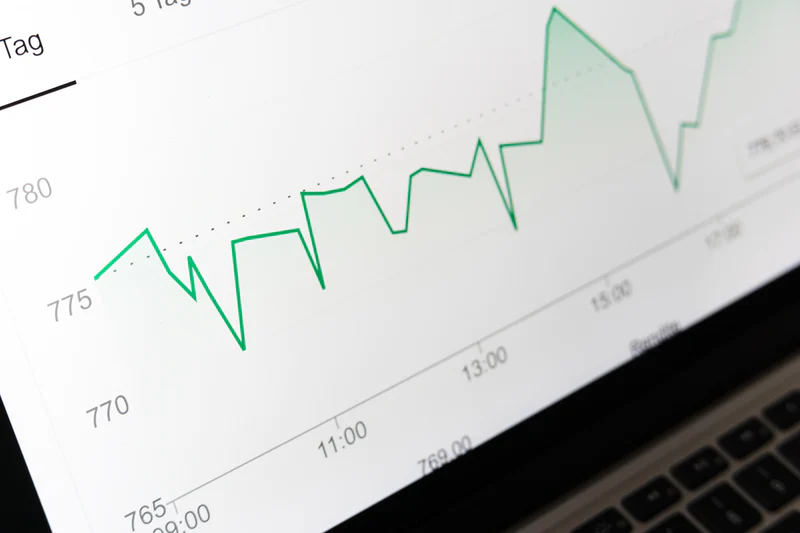You might be wondering, how do I try and precisely value my business? It can often be a tough process. You will need to have up-to-date and accurate financial information around your business to successfully calculate your valuation. This will often involve pulling information from across different aspects in your company.
Valuations are a common occurrence in corporate finance, specifically when a company is looking to put itself up for sale. You can read more about the process that both buyers and sellers go through when a company changes hands here.

Reasons you may want to value your business
You’re selling your company
You may be looking to up sticks and sell your company. To get the best possible result when it comes to selling, having an accurate reading on how much your company is worth is important. Knowing your worth means you can bargain within your limits if negotiations need it.
To get investors on board
If your company is overvalued, you may find yourself struggling to sell, as potential buyers may look at your company as a bad investment. Undervalue yourself, and you risk being shortchanged! When you value your business, you help to accurately depict its worth.
To get a handle on what assets you own
Your company may have an abundance of physical inventory, office space(s), as well as monetary assets. Combining these together and working out how much you actually own is also an important aspect of forming a valuation for your business. Not only does it help you form a valuation, but it can help accurately track what you own.
To understand your business’ performance
Another part of your valuation will be to look at your EBITDA (earnings before interest, taxes, depreciation, and amortisation). This will provide an insight into how your business is performing, based on your goals. For example, if you’ve a profit driven company, a valuation can be used to identify future projected growth, which you can then use to identify your potential future value.

EBITDA (Earnings Before Interest, Taxes, Depreciation & Amortisation) – Calculated using a company’s earnings, before interest expenses, taxes, depreciation, and amortisation are subtracted. It can be used as a measure of Profitability.
How to value your business
There are many ways in which you can form a valuation for your company. The route you choose will again depend on your reasons for getting a valuation in the first place.
Here are some other commonly used approaches to value your company:
EBITDA Based Valuation
As previously mentioned, you can use EBITDA as a method of calculating valuation. Your value will tend to be a multiple of your EBITDA. It can vary between industry, but as an example, a Small-Medium business turning over < £2m would normally be valued between 3-7 * EBITDA.
Asset Based Valuation
Essentially, an asset-based business valuation will total up all the investments in the company. Asset-based business valuations can be done in one of two ways:
- You can either look at the company’s balance sheet and lists of the business’s total assets, and then subtracts its total liabilities. This is sometimes known as ‘book value’.
- Additionally, you can take a liquidation asset approach. It calculates liquidation value, or the net cash that would be left over if all of the company assets were sold and any liabilities paid off.
Market Value
Market value generates the value of your business by comparing your company to similar ones that have recently been bought or sold. It’s similar to when you’d use a real estate company or an estate agent to value a house. For this method to be efficient, you need a decent amount of similar sized sales to compare against.
Earnings Based Valuation
An earning value approach is based on the idea that a business’s value lies in its ability to produce wealth in the future. The most commonly used method for this would be a DCF analysis…
Discount Cash Flow Analysis (DCF Analysis)
DCF Analysis uses projections of a company’s future free cash flow to come up with a valuation for company in the present. It’s worked out by calculating the cashflow of any given year, then dividing that by the discount rate (which is determined by looking at the projected future earnings of the company).
For buyers, generally if the DCF comes out higher than the current cost of the company, it could be good investment. More info.
The downside with a DCF analysis that is you have to assume a lot when calculating future cash flows, etc. There would of course be a tonne of factors that can play into this, so your numbers have to be pretty accurate to benefit from a DCF analysis.
It’s also important to note that DCF analysis is not the same as working out NPV (net present value).

There are many ways in which you can get a valuation for a company, but the method you take really depends on variables such as personal preference, as well as the context for the valuation (i.e. are you selling?).
How do I get started?
If you are looking to sell your business, it’s highly recommended that you get it valued. You can contact your corporate finance advisory firm to get the ball rolling and start forming a figure. You will need to have access and an understanding of all your key financials, including assets, earnings and more.
Valuations can also run parallel to the due diligence process, which involves a deep dive analysis into a company’s documentation. This can be quite an in depth process, so don’t always expect an overnight figure.
For more in this series, read our guide on the Steps of the M&A Process.
For more insights into topics like this one, see our other blogs:
